1. The Jean Shepherd Show
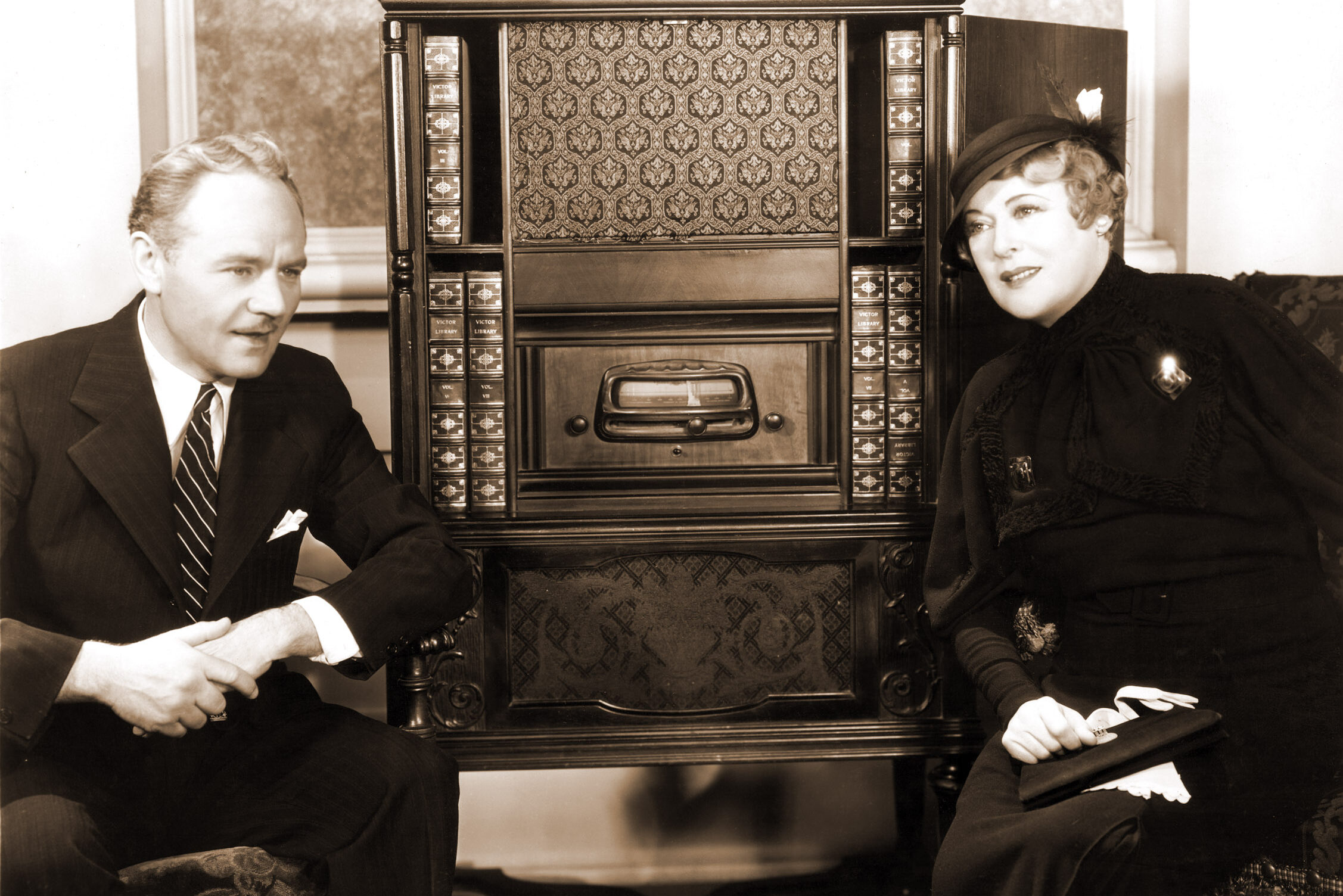
Jean Shepherd was a master storyteller, spinning long, winding narratives that felt like you were sitting around a campfire with an old friend. His monologues, filled with humor, nostalgia, and sharp social commentary, created an intimate listening experience that today’s podcasters strive to replicate. Shows like This American Life and The Moth owe a lot to Shepherd’s ability to turn personal anecdotes into universal truths. He didn’t need guests or sound effects—just his voice and imagination says Radio Hall of Fame.
If his name doesn’t sound familiar, you probably know his work—he wrote the stories that became A Christmas Story. His ability to capture the magic of everyday life with warmth and wit makes his work timeless. Modern solo podcasters use his technique of blending observation with storytelling to build a connection with their audience. Shepherd’s off-the-cuff, conversational style continues to influence podcasters who prioritize authenticity and humor.
2. Monitor
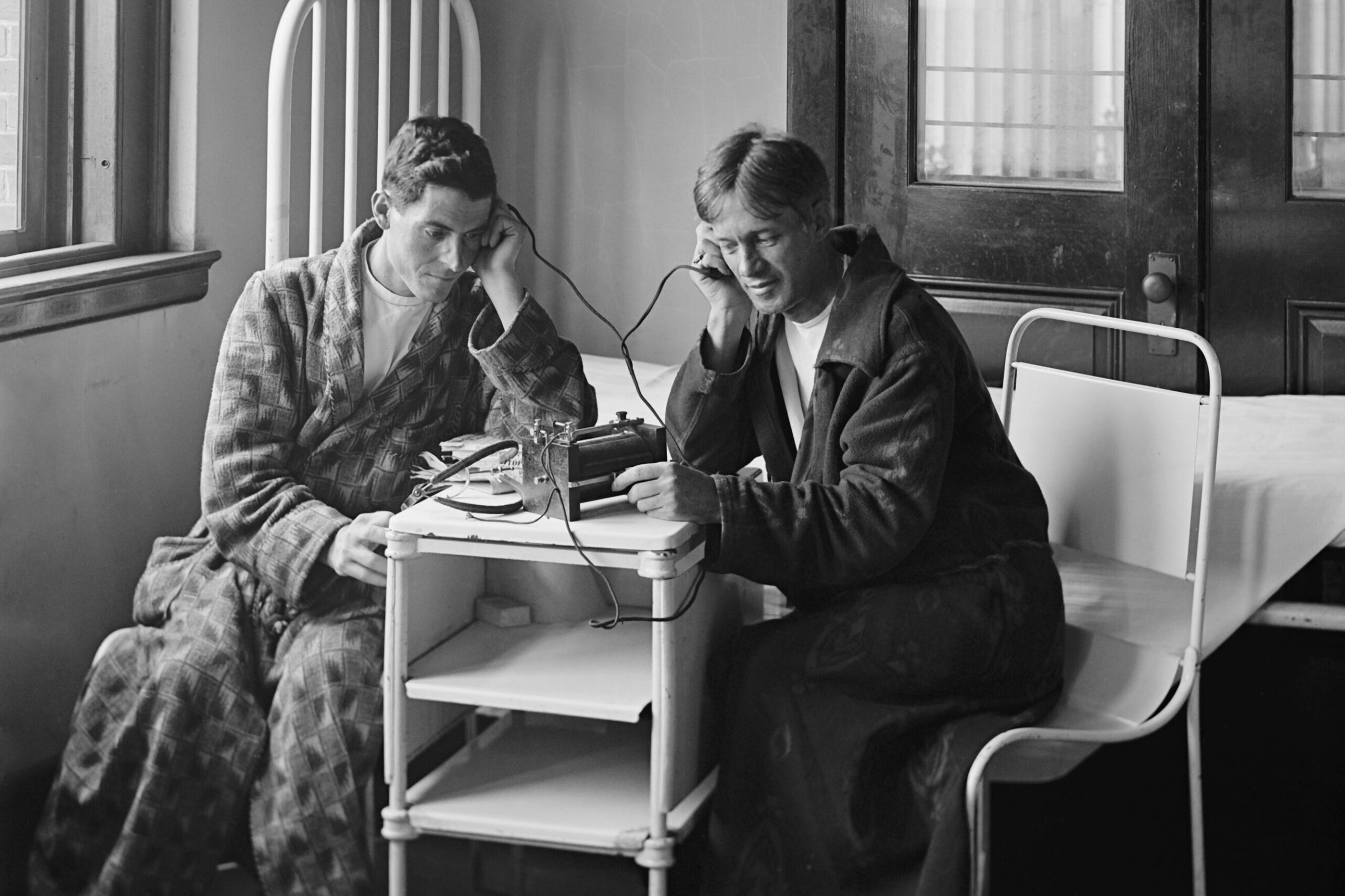
NBC’s Monitor was ahead of its time, offering a mix of news, interviews, comedy, and music in a way that kept listeners engaged for hours. It was one of the first radio programs to embrace a magazine-style format, jumping between different segments and tones. Today’s podcast networks have taken a page from Monitor, structuring shows around varied but connected content. The way it blended serious journalism with lighthearted entertainment feels a lot like modern podcasts that mix deep dives with casual banter says Wikipedia.
It also had an impressive lineup of contributors, including legends like Dave Garroway and Henry Morgan. That blend of authoritative reporting and personality-driven hosting is something podcast hosts still aim for today. The idea that a single show could be both informative and entertaining set the stage for podcasts that balance storytelling with news. Podcasters today use that same mix to keep audiences engaged, combining substance with style.
3. The Bob & Ray Show
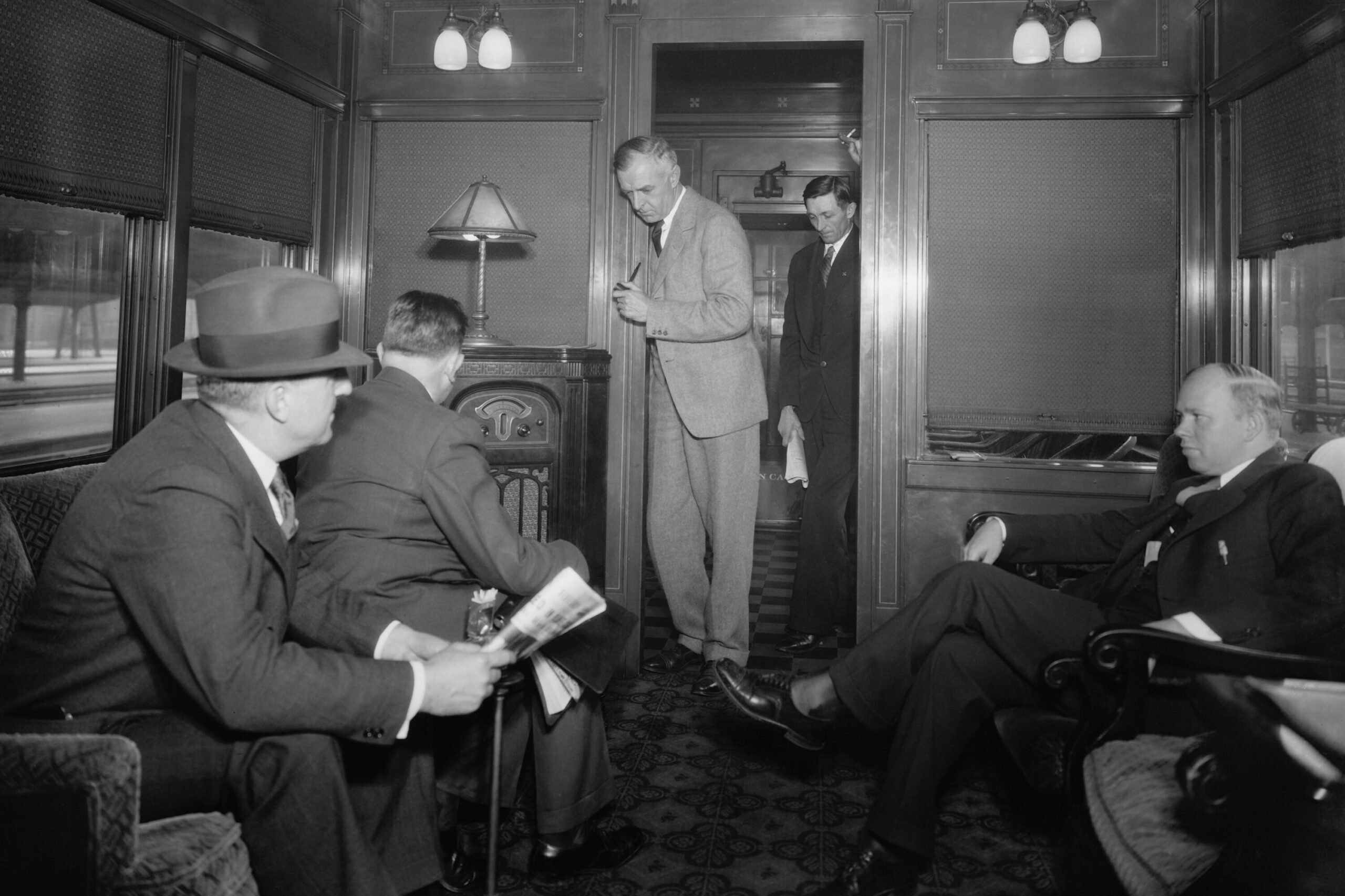
Bob Elliott and Ray Goulding were the kings of dry, absurd humor, perfecting a brand of deadpan comedy that still influences podcasters today. Their radio sketches mocked the conventions of broadcasting, featuring fake interviews, bizarre characters, and sharp satire. This kind of clever, understated humor paved the way for modern comedy podcasts like Comedy Bang! Bang! and My Dad Wrote a Porno. The duo had an effortless chemistry that made listeners feel like they were in on the joke shares IMDb.
Their ability to create entire worlds with just their voices is something many modern podcasters try to emulate. You can see echoes of their work in shows that rely on parody and improvised banter. They proved that you don’t need flashy production to make something hilarious—just great timing and wit. Many of today’s comedy podcasts thrive on that same spontaneity, turning casual conversations into laugh-out-loud entertainment.
4. Nightbeat
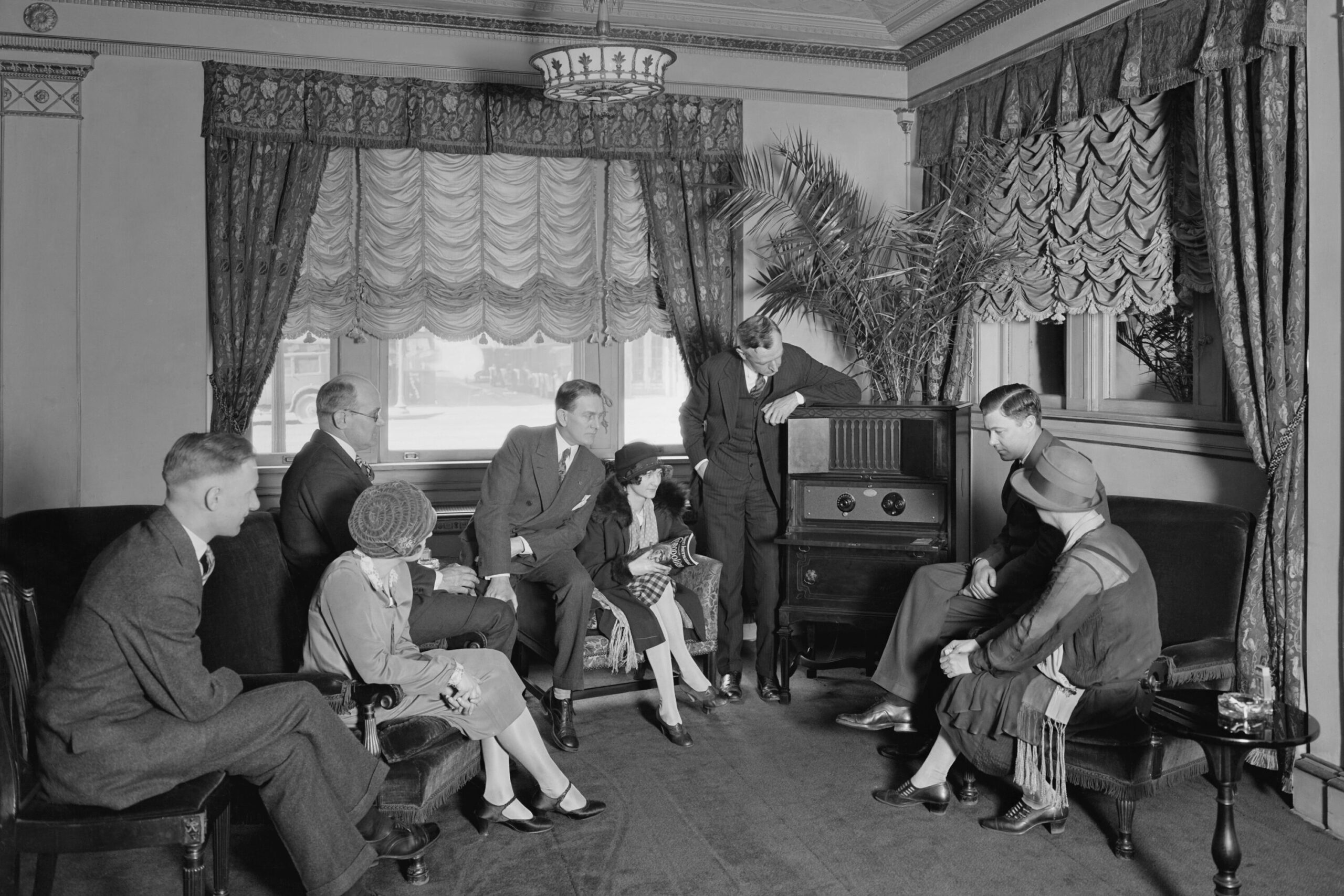
Before true crime podcasts became a phenomenon, Nightbeat set the stage with its gritty, first-person storytelling. The show followed a hard-hitting reporter named Randy Stone as he roamed the city at night, uncovering compelling human-interest stories. It had a noir feel, mixing journalism with a sense of drama and mystery. The immersive, narrative-driven format of Nightbeat feels a lot like today’s investigative podcasts.
Shows like Criminal and Serial thrive on that same mix of suspense and character-driven storytelling. It wasn’t just about crime—it was about people, their struggles, and the hidden stories lurking in the shadows. That mix of hard facts and emotional depth still defines some of the most gripping podcasts today. Podcasters who focus on real-life mysteries and untold stories owe a lot to the way Nightbeat blurred the lines between journalism and entertainment.
5. X Minus One
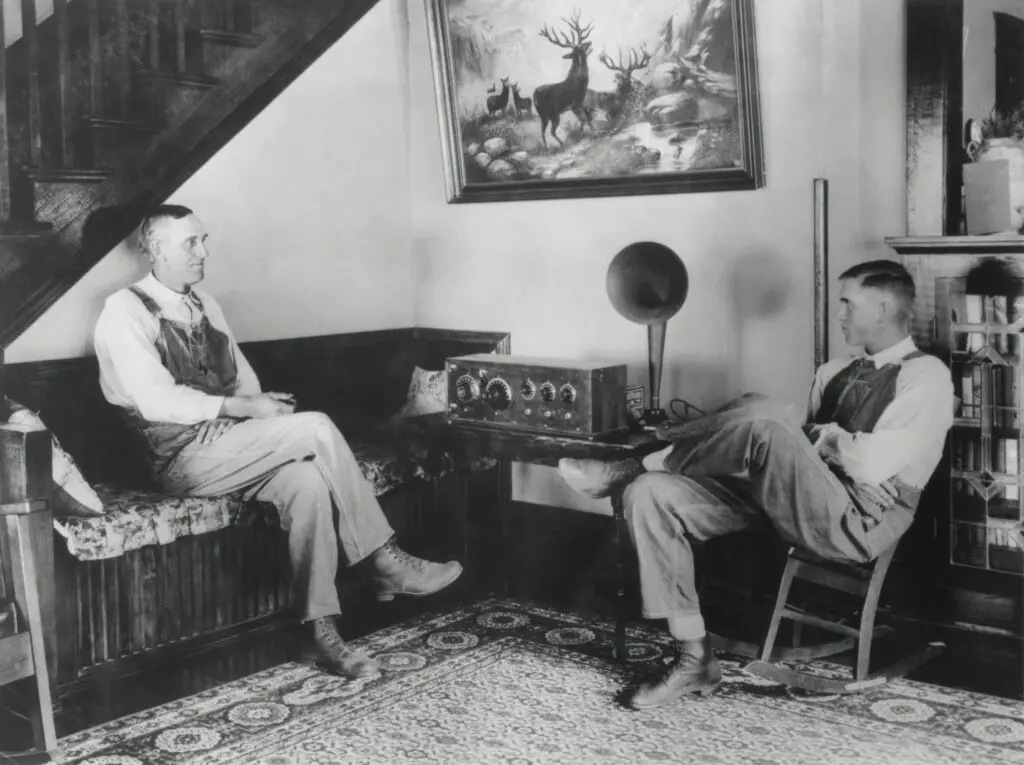
Science fiction podcasts owe a huge debt to X Minus One, a show that brought futuristic tales to life with immersive sound design and top-tier writing. It adapted short stories from some of the greatest sci-fi writers of the time, including Ray Bradbury and Isaac Asimov. The show transported listeners to other worlds, using sound effects and narration to create an experience that felt almost cinematic. It’s easy to see its influence in modern audio dramas like Welcome to Night Vale and Limetown.
Many sci-fi podcasts today use that same mix of eerie storytelling and rich world-building. X Minus One proved that radio—and later, podcasts—could be just as immersive as television or film. It set the standard for how audio storytelling can make the impossible feel real. Podcast creators continue to use those same techniques to craft engaging and otherworldly narratives.
6. The CBS Radio Workshop
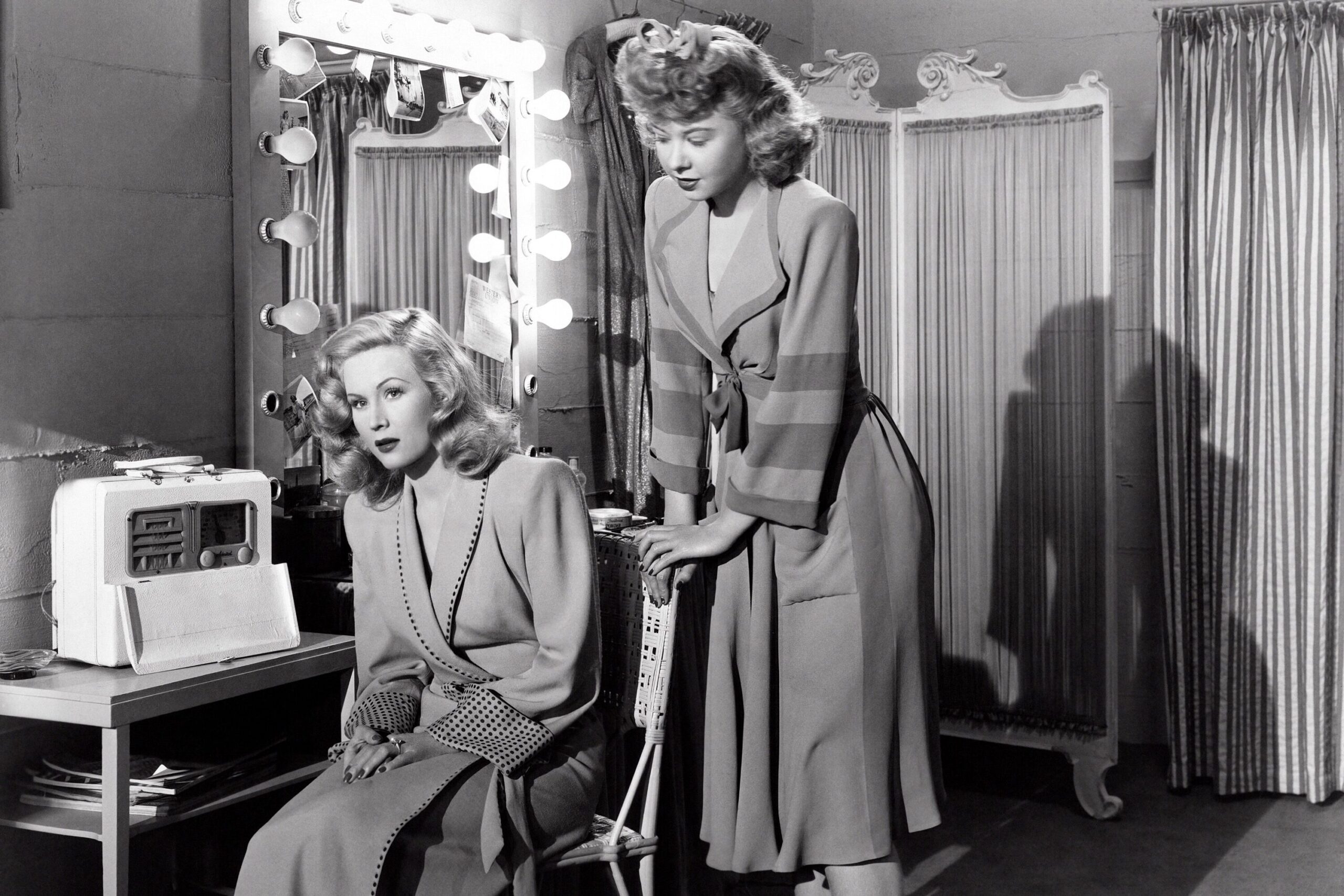
This experimental series was one of the most ambitious radio shows of its time, pushing the boundaries of what audio storytelling could be. It tackled everything from adaptations of literary classics to avant-garde sound experiments. That willingness to take risks and play with format is something today’s podcasters have embraced. Shows like Radiolab and 99% Invisible thrive on the kind of creativity that The CBS Radio Workshop pioneered.
It wasn’t just about telling stories—it was about how sound itself could shape an audience’s experience. The show’s use of innovative audio techniques still inspires modern podcasters looking to push the medium forward. It proved that radio, like podcasts, could be an art form. Today’s audio storytellers continue to experiment with sound in ways that would have made The CBS Radio Workshop proud.
7. Fibber McGee and Molly
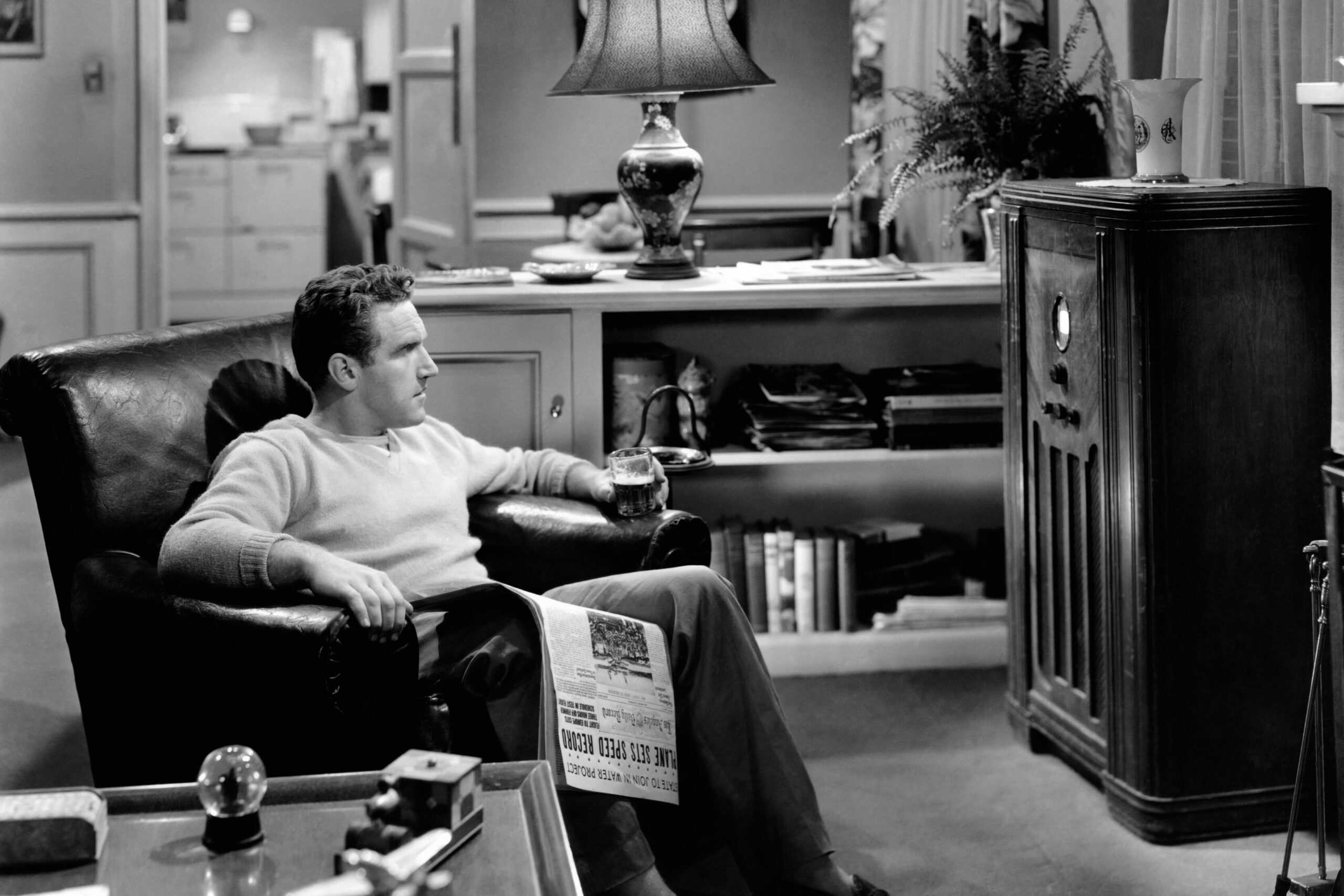
Comedy podcasts owe a lot to Fibber McGee and Molly, a show that mastered the art of character-driven humor. The series followed the hilarious misadventures of a lovable but bumbling husband and his patient wife. Their banter and comedic timing made listeners feel like they were part of the family. The way they built an entire world of recurring characters and running jokes is something many modern comedy podcasts try to replicate.
Even the famous gag of McGee’s overstuffed closet, which always crashed open, feels like the kind of recurring joke you’d hear on a modern podcast. It proved that character chemistry is just as important as a good script. Comedy podcasters today still rely on the formula of strong personalities bouncing off each other. The warmth and relatability of Fibber McGee and Molly made it a blueprint for how humor can thrive in audio form.
8. Dimension X
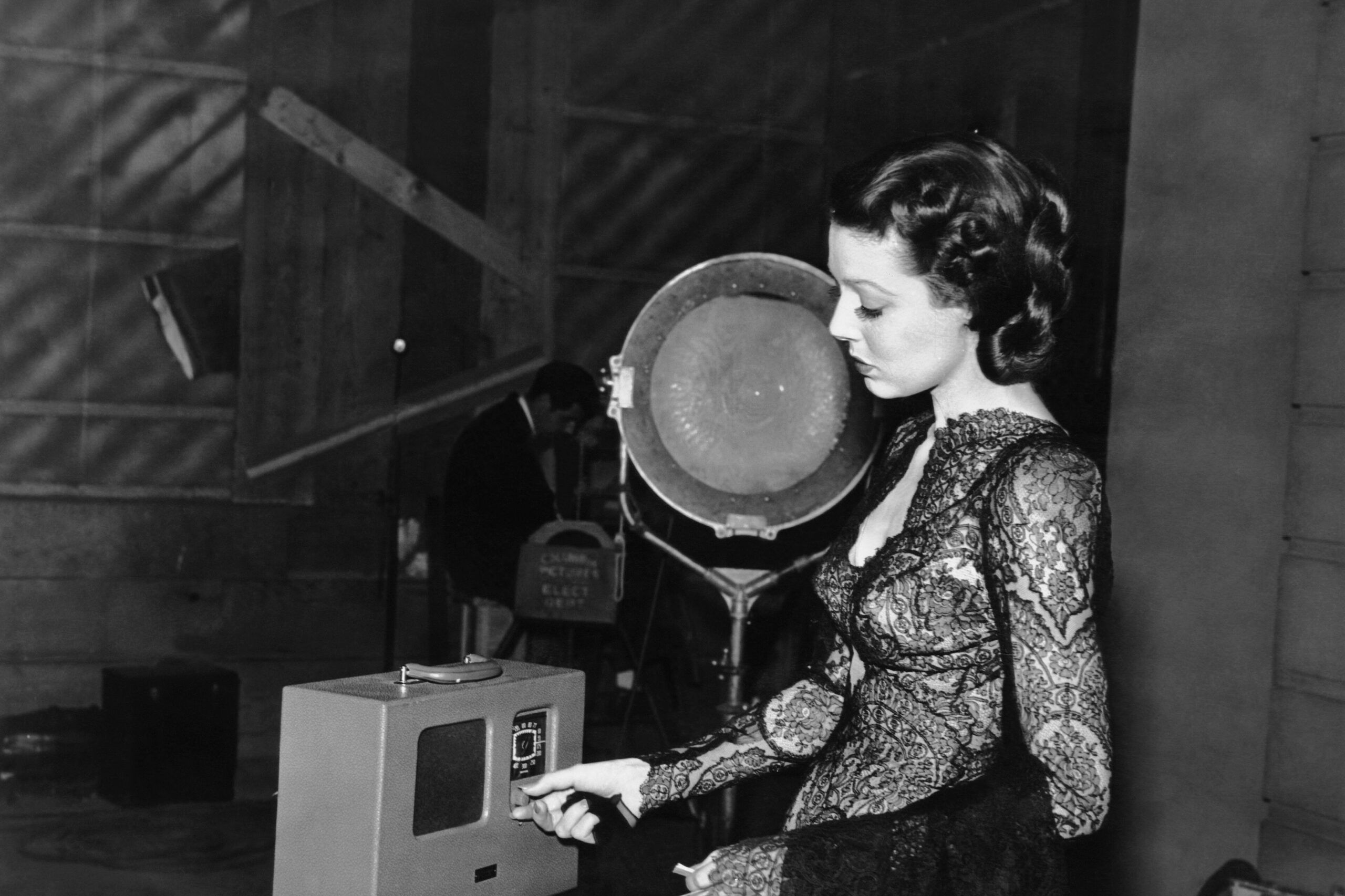
Before X Minus One, there was Dimension X, another sci-fi anthology that helped define the genre. It had the same futuristic themes and top-notch storytelling, bringing wild concepts to life through sound. Sci-fi and horror podcasts today owe a lot to the way Dimension X built tension through audio alone. The way it used sound effects to create eerie, otherworldly atmospheres is something modern podcasters still rely on.
You can hear its influence in narrative-driven sci-fi shows like The Truth and Wolf 359. It proved that a well-told story and great production can make for an unforgettable listening experience. Many podcast creators today still look to its scripts for inspiration. The mix of thrilling plots and vivid sound design continues to shape how sci-fi is told in audio form.
9. Yours Truly, Johnny Dollar
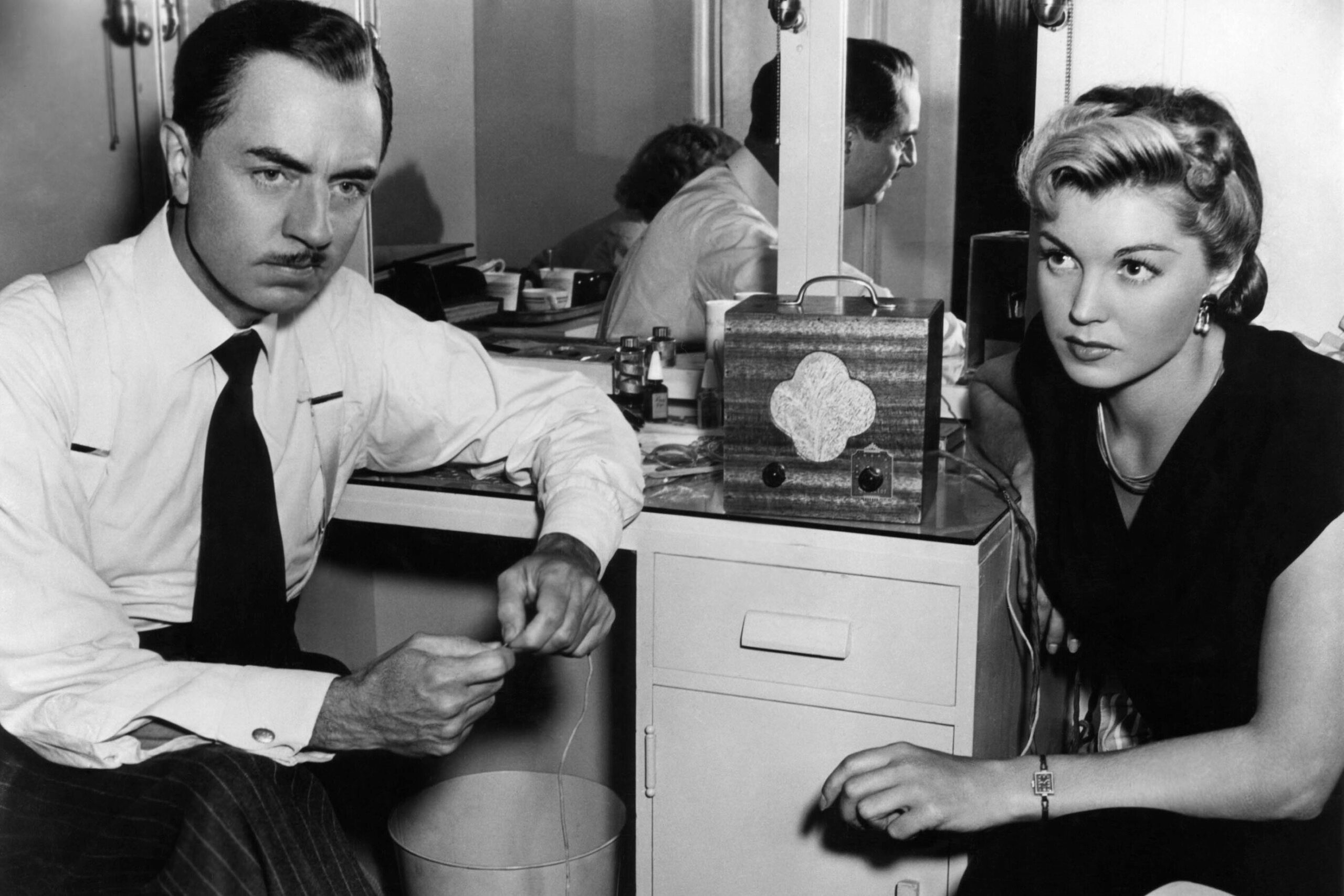
Before podcasts like Crimetown and Casefile took listeners deep into the world of crime and intrigue, Yours Truly, Johnny Dollar was setting the stage. This classic detective drama followed an insurance investigator who traveled the country solving cases. What made it unique was its first-person storytelling, with Johnny narrating the action like a diary. That immersive format is something many modern true crime and mystery podcasts have borrowed.
The episodic nature of Johnny Dollar also mirrors the way today’s podcasts build suspense across multiple episodes. Instead of solving cases in a single show, it stretched out mysteries over several nights, keeping listeners hooked. Modern podcasts use that same serialized approach to keep audiences coming back. The idea that a detective story could be just as gripping in audio form as in books or movies has lived on in today’s podcast world.
10. The Great Gildersleeve
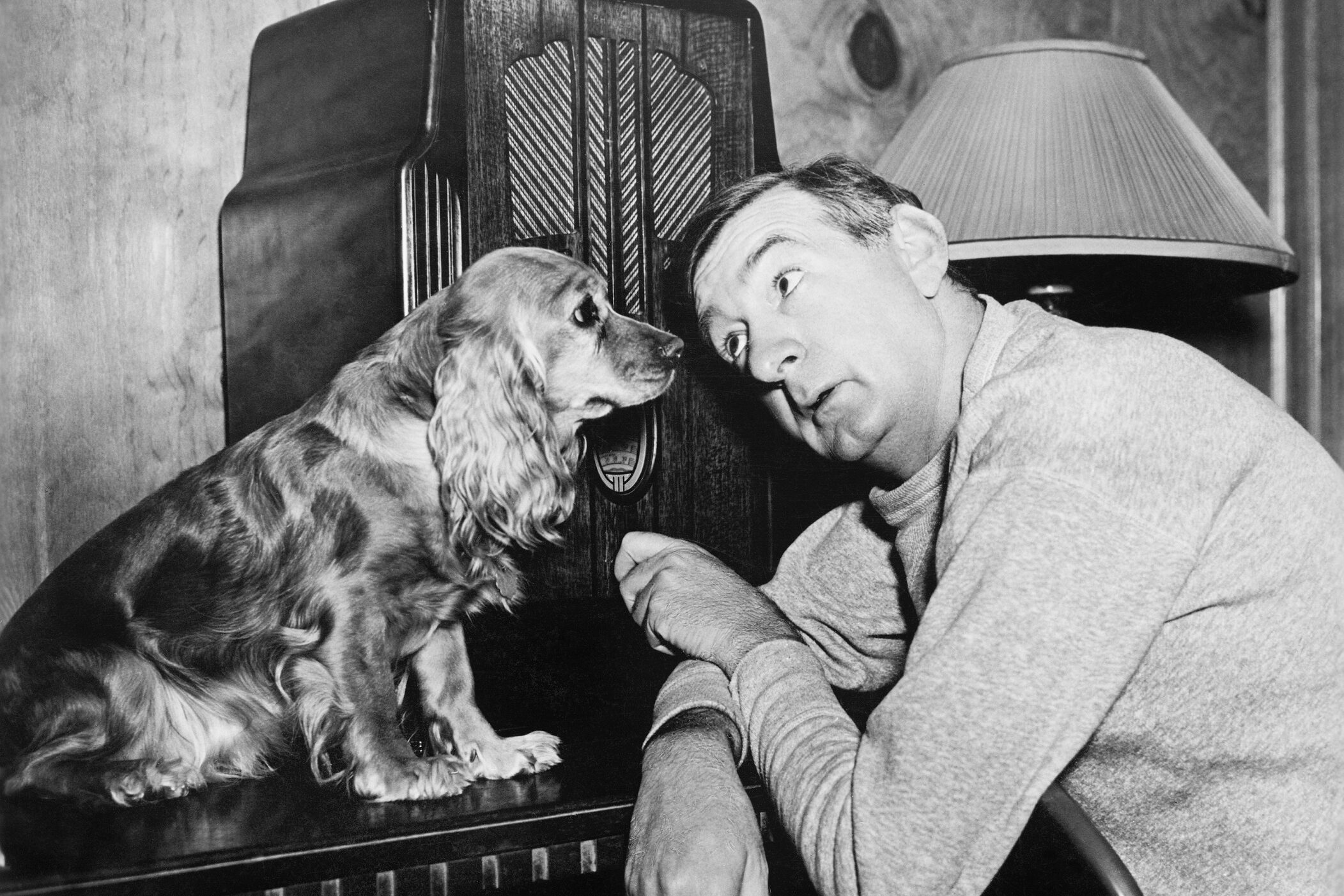
Sitcom-style podcasts today owe a lot to The Great Gildersleeve, one of the first radio comedies to focus on character-driven humor. It was a spin-off of Fibber McGee and Molly, but it quickly developed its own identity, following the life of the bumbling but lovable Throckmorton P. Gildersleeve. The show’s mix of heartwarming moments and sharp wit made it feel like an audio version of a modern-day sitcom.
Just like today’s best comedy podcasts, Gildersleeve relied on strong character development and ongoing storylines rather than just one-off jokes. It proved that radio (and later, podcasts) could create rich, ongoing narratives that made audiences feel invested. Many fictional podcasts today use that same formula, focusing on quirky characters and long-running story arcs. Its influence can still be heard in modern audio comedy.
11. The Shadow
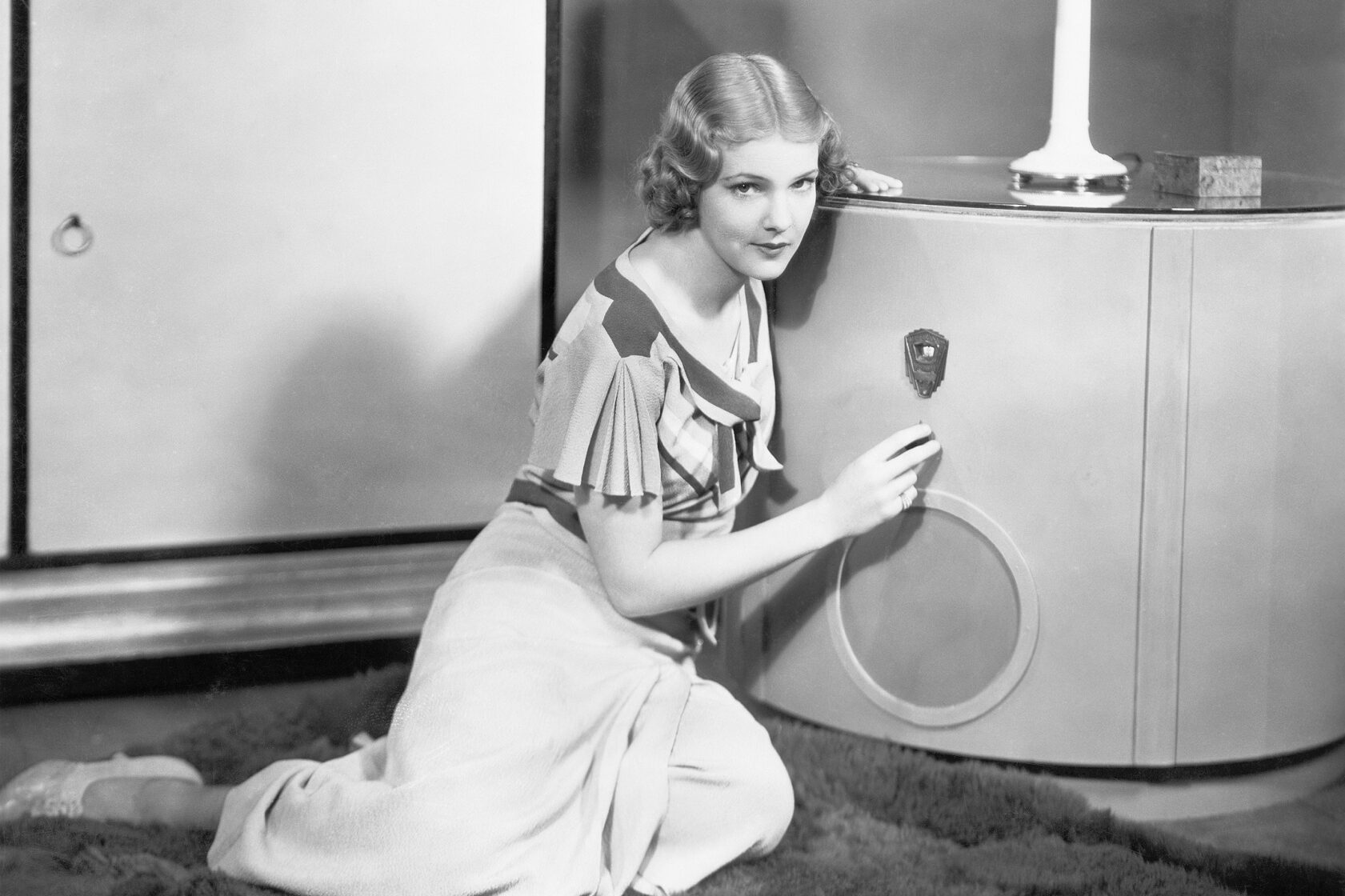
Long before superhero and horror podcasts became popular, The Shadow was thrilling listeners with its dark, mysterious stories. The show followed Lamont Cranston, a crimefighter with the ability to become invisible, using his eerie laugh to strike fear into criminals. Its dramatic narration and moody sound effects set the tone for today’s audio dramas. The show’s iconic opening line—”Who knows what evil lurks in the hearts of men?”—is still legendary.
Podcasts like Welcome to Night Vale and The Magnus Archives have taken cues from The Shadow in crafting suspenseful, atmospheric storytelling. The show proved that an audio-only format could be just as chilling and immersive as television or film. Its blend of action, mystery, and supernatural elements continues to inspire modern podcasters. The way it played with sound and tension still serves as a blueprint for eerie storytelling.
12. Dragnet
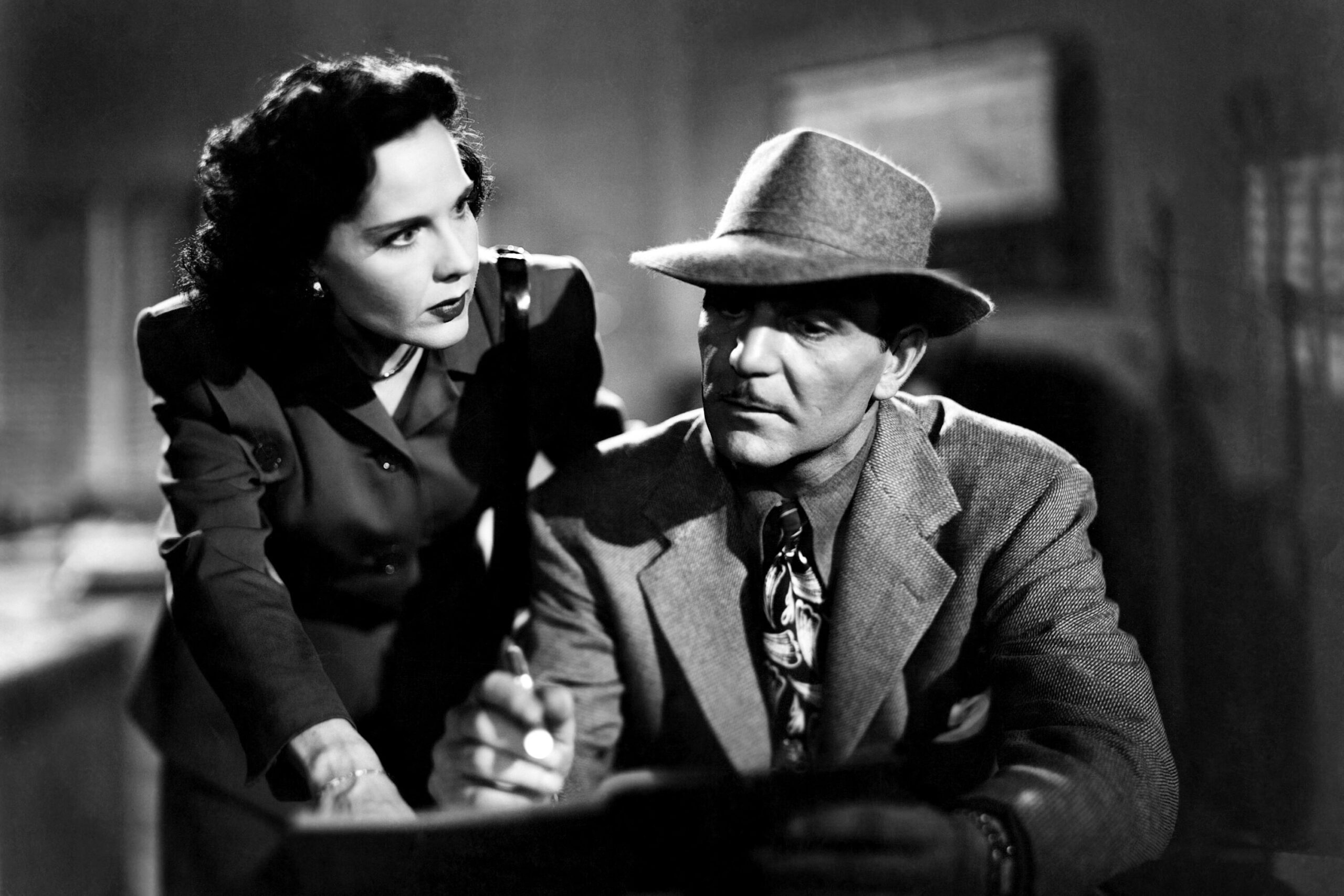
True crime podcasts wouldn’t be what they are today without Dragnet, the iconic radio show that later became a TV classic. It set the standard for fact-based crime storytelling, following real police investigations with a serious, no-nonsense tone. Each episode was based on actual cases from the LAPD, making it feel grounded and authentic. That dedication to realism is something modern crime podcasts strive for.
Podcasts like Sword and Scale and The First Degree have built on Dragnet’s foundation, using real cases to craft compelling narratives. The show also pioneered the use of direct, clipped dialogue that made stories feel fast-paced and urgent. That same style can be heard in today’s documentary-style podcasts. Dragnet showed that real-life crime stories could be just as gripping as fiction, a lesson podcasters have taken to heart.
